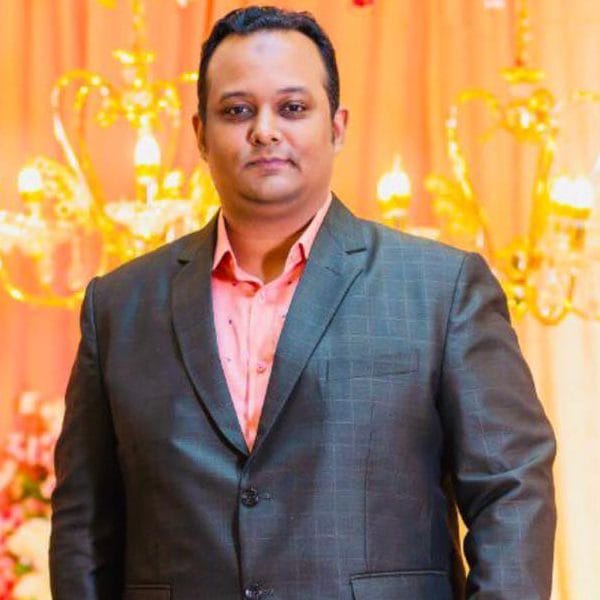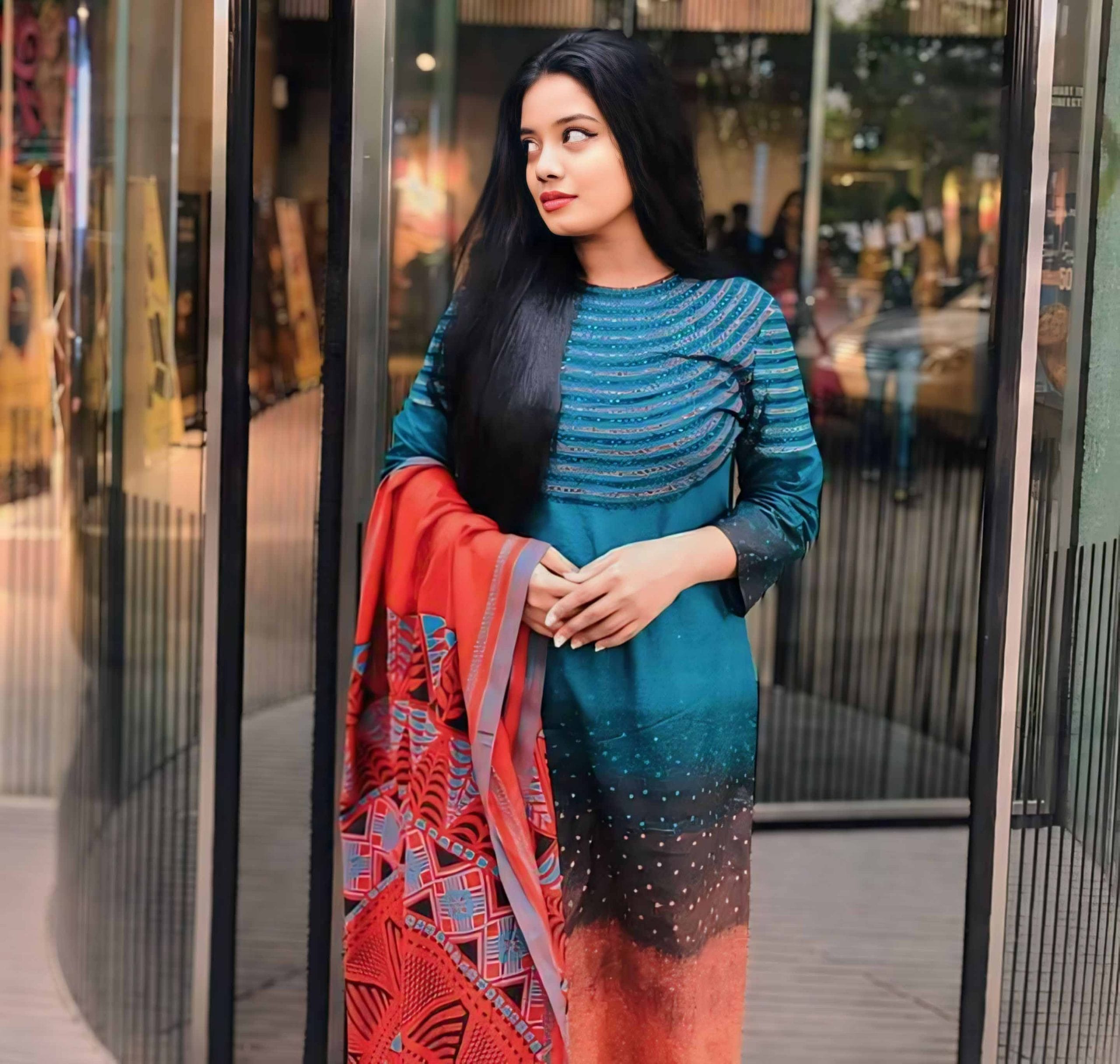India & Russia: Overlapping Cultures, Languages and Beliefs
It is a well known and firmly established fact that India and Russia have always been a confidant for each other. This has been thoroughly tested by years after years ever since the dawning days of the Soviet and has continued to be so even after the disintegration of the union.
This fellowship between the countries, over the years, has caused several similarities among the locals. Even though Russia and India are miles apart, with totally different routines, rules, systems and so on. In an overview, one may not find any similarity between the country or their people. However, when you follow a precise approach, one can easily locate similarities in more than one aspect.
☛ Also Read: Student Life With MBBS in Russia
1. Superstitions and Traditions
Russian societies can be extremely superstitious and traditional, much like that of India. Some of the many common beliefs between the countries and no one knows who influenced whom in this regard.
Omens like black cat crossing path, breaking of mirror, Stepping over people lying on the ground, etc are considered bad whereas those like hand itching for money gains, getting pooped on by a bird, spiders on clothes meaning new etc are some of the common good omens. Unsurprisingly, these are not only common beliefs in Russia but also in India.
☛ Also Read: 5 Things To Avoid While Studying MBBS in Russia
2. Language
Another lesser known fact about Russia is that the country’s local language shares several similarities with Sanskrit, the script based on which several Indian languages like Hindi, Marathi, Kashmiri and so on. Similarities with Sanskrit can be found in several Indo-European languages, but Russian seems to be more akin to it.
Here are some examples of various words which are often pronounced kindred in both the languages meaning the same.
| Sanskrit/Hindi | Russian | Meaning in English |
| Dwar | Dver | Door |
| Valgu | Volga | Simple |
| Suhana | Sukhona | Easy |
| Nas | Naš | Ours |
| Sva | Svoi | Our Own |
| Gavati | Govorit | To Speak |
| Grabhati | Grabit’ | To seize, loot |
| Griva | Griva | Neck |
| Kravya | Krov | Blood |
| Nasasringa | Nosorog | Rhinoceros |
| Akhetika | Okhotnik | Hunter |
| Nabhas | Nebo | Sky |
| Agni | Ogon | Fire |
☛ Also Read: The Scope Of Learning Russian During MBBS in Russia
3. Food and Snacks
“Chai” means tea both in Hindi and Russian and the beverage is extremely popular in both countries. Although domestic consumption is very high, India is the world’s second largest exporter of tea. Russia annually imports 150 million kg!
Chai is consumed with equal gusto in both countries. Russians love to have tea after every meal along with sweets, while in India, tea is more of an in-between meal drink to be had with savory snacks.
Russian food contains almost no tropical spices and is generally prepared with less salt; Many dishes like Borsch are quite like Indian soups and can be had with or without meat, other dishes common are cutlets, puffs, and rice can be both vegetarian and non-veg.
☛ Also Read: Why MBBS in Russia for Indian Students in 2022?
4. Society & Values
Both Indian and Russian households in Russia emphasize and take pride in family values and culture. The very institution of the family is sacred in both countries. It is not uncommon to see adults in Russia and India living with their parents well into their thirties. Skeptics can argue that in both countries, it is financial constraints that force people to take their wives home to their parents’ place, but that would be very simplistic .
If they live separately, Indians and Russians don’t just visit their families on special holidays for the sake of tradition. This would have to do with the fact that our societies tend to be a lot less individualistic, whatever the merits are.
☛ Also Read: How Does MBBS in Russia Help in 21st Century Skill Development?
5. Art & Culture
Both the countries have a remarkable affinity for art, music, theater, cinema and every possible expression of culture. Russian theaters themselves often receive much acclaim globally and so did the Russian circus. Both countries have a long lineage of maestros and virtuosos in various fields such as literature, music, poetry, paintings, etc
Names like Wassily Kandinsky, considered as the “Father of Abstract Art”, Dmitry Shostakovich in music, Leo Tolstoy, who have inspired Indian ideology of non-violence and Fyodor Dostoevsky, whose story had been brought live over the screens of Indian cinema time and again are some of the many popular names of India.
Similarly one can easily locate the appreciation for classical artists like Lata Mangeshkar, and youth grooving on peppy bollywood and Indian folk tunes, wonder over the works of M.F. Hussain, Rabindranath Tagore, celebrate Indian festivities and so on.




canadian pharmacy certified
online drug
best online canadian pharmacy review
trusted canadian pharmacy
the discount pharmacy
canadian pharmacy testosterone gel
online drugstore service canada
canada pharmacy estrogen without prescription
aarp approved canadian pharmacies
pharmacy prices compare
I am very impressed with your writing baccaratcommunity I couldn’t think of this, but it’s amazing! I wrote several posts similar to this one, but please come and see!